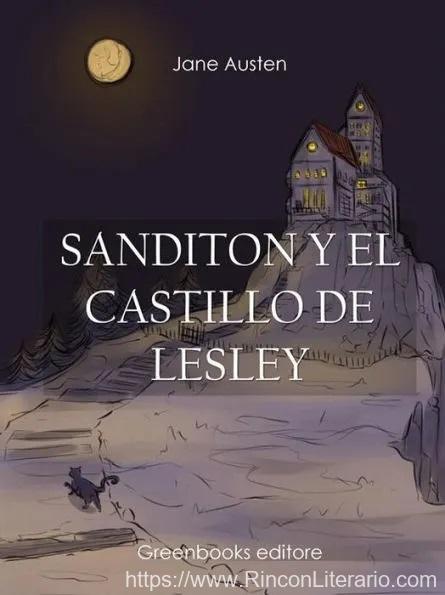Auguste Rodin
Rainer Maria Rilke
Calificación
Calificación promedio: 0.0
Descripción
"Rilke"s observations are wonderfully astute. For readers interested in either [sculpture or poetry], this volume is a treat." — The Christian Science Monitor
During the early 1900s, the great German poet lived and worked in Paris with Auguste Rodin. In a work as revealing of its author as it is of his famous subject, Rainer Maria Rilke examines Rodin"s life and work, and explains the often elusive connection between the creative forces that drive timeless literature and great art.
Rilke served for several years as Rodin"s secretary — living in the sculptor"s workshops, watching the shaping of his creations, and discussing his views and ideas. Written in 1903 and 1907, these essays about the master"s work and development as an artist mark Rilke"s entry into the world of letters. Rodin himself paid the poet the ultimate tribute, declaring these meditations the supreme interpretation of his work. This excellent translation, complemented by 33 illustrations, will fascinate students of literature, philosophy, and art history.
**
Review
Combining Daniel Slagers"s elegant translation from the German of Rilke"s writings on Rodin with Michael Eastman"s photographs of Rodin"s sculptures, Auguste Rodin offers a fresh look at an unlikely mentorship. —The New York Times Book Review Brilliant and subtle but richly colored new photographs of Rodin"s sculptures by Michael Eastman make this new translation of Rilke"s classic meditation on Auguste Rodin a feast for the eye and mind. National Book Critics Circle Award winner Wiliam Gass examines the text and the setting to provide insight and context. Fine writing, beautiful images, and exciting ideas make this edition of Rilke"s Auguste Rodin a real treat. —R.K. Dickson Poets and the visual arts—it is a vast subject; and all through the twentieth century artists and writers collaborated almost constantly, sometimes with such intensity that it seemed as if they were passing back and forth a single flask labeled "Inspiration." Few poets have written more eloquently about the visual arts than Rilke, and one of the most beautiful books of the year is his Auguste Rodin (Archipelago Books, $30), translated by Daniel Slager, with photographs by Michael Eastman, which bring us close to the charged surfaces of Rodin"s bronzes, and catch their storm-tossed intensity. Rodin was at times a disturbingly bombastic artist—while his Gates of Hell may be the work of a genius, it is also pure kitsch—but in the years just after 1900, when Rilke got to know him, the avant-garde was still inclined to embrace Rodin as a rough-hewn visionary, a man in whose studio, as Rilke wrote, "everything was becoming, but nothing was in a hurry." For Rilke, both Rodin and Cézanne suggested, through the very physicality of their labors, a route beyond fin-de-siècle preciosity. Rilke discovered in Rodin a man who was utterly committed to the materiality of the artistic vocation. Rodin taught Rilke to make his feelings concrete. —Ruth FranklinFrom the Publisher
· Over 100 drawings and cutouts · Rodin shows the female nude form in its beauty and simplicity · Wonderful collection of Rodin’s late workISBN: 9780486447209
Editorial: Dover Publications
Año publicación: 2006
Categorías: Históricos, Arte y Fotografía, Otras Categorías
Lenguaje: Español
Comentarios
También te podría interesar

Juicio y sentimiento
Jane Austen

Vol. 3 (1887-1893)
Antón Chéjov

Sanditon y el castillo de Lesley
Jane Austen

Cuentos Completos (1885-1886)
Antón Chéjov
